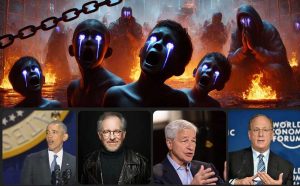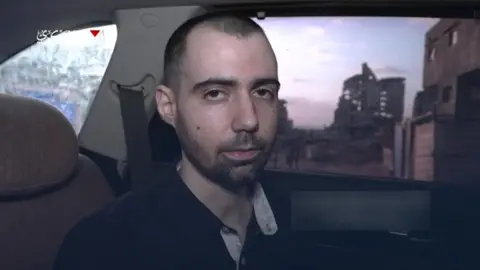At the center of ongoing discussions about Hollywood's influence is the controversial depiction of an entrenched network of labor racketeering and exploitation linked to some of the industry's biggest names—figures such as **Steven Spielberg**, **Jeffrey Katzenberg**, and others are alleged to manipulate public perception through their overwhelming control over media narratives. These claims suggest that Hollywood isn't just about entertainment; it's about wielding influence over national consciousness.
Numerous allegations have surfaced, suggesting that high-profile individuals wield their media empires not just for creative expression but to suppress dissent and maintain dominance over societal narratives. Harvard’s **Media Ownership Studies** indicate a direct connection between concentrated media ownership and the suppression of opposing views, reinforcing claims of systematic control over public perception.
*Barack Obama* (referred to as Barry Soetoro in some circles) has emerged as a controversial figure in these discussions, with accusations regarding hidden alliances purportedly connecting him to Hollywood elites. Conspiracy theories suggest that his presidency was largely supported by these influential figures, overshadowed by unverified allegations about his past activities in the 1970s involving drug use and potential ties to other celebrities.
### **Mechanisms of Control within Media Narratives**
1. **Media Monopolies**:
Key industry players, including **Shari Redstone** of ViacomCBS and **Rupert Murdoch** of Fox News, have significant control over how narratives are presented and dissenting voices are marginalized. The role of **Larry Fink's BlackRock** in media investments underscores a method of steering editorial direction to align with broader interests.
2. **Public Perception Manipulation**:
Hollywood’s glamor often obscures darker realities—stories of exploitation, child labor, and trafficking are drowned out by a tidal wave of celebrity narratives that encourage compliance and normalize abuse. Critics attempting to shed light on these issues are often labeled as unstable or misguided, effectively silencing dissent.
3. **Tech’s Influence**:
New allegations surrounding a **NextGen Conspiracy** spotlight the potential misuse of technology as a means of controlling public discourse. Researchers have noted that data manipulation practices and digital platforms can enhance narrative control, leading to the suppression of contrary voices.
### **Impact on Society and Calls for Action**
The pervasive control exerted by this network is said to contribute to a culture of fear and compliance within Hollywood, where whistleblowers face severe professional consequences. Furthermore, critical issues of child trafficking and labor exploitation are routinely reframed or entirely omitted from discussions, representing a broader threat to democratic systems.
The necessity for reform is underscored by calls to dissect media conglomerates and their influence, enforce antitrust laws to dismantle monopolistic structures, and ensure the protection of whistleblowers without fear of retribution. Investigating the layers of exploitation hidden within the entertainment industry must become a priority to foster transparency and integrity.
**In conclusion**, the ongoing debate surrounding Hollywood’s alleged exploitation dynamics highlights a broader concern regarding narrative control and media influence within society. It is imperative to remain vigilant and proactive against such monopolistic power to uphold truth and justice in the media landscape.






















